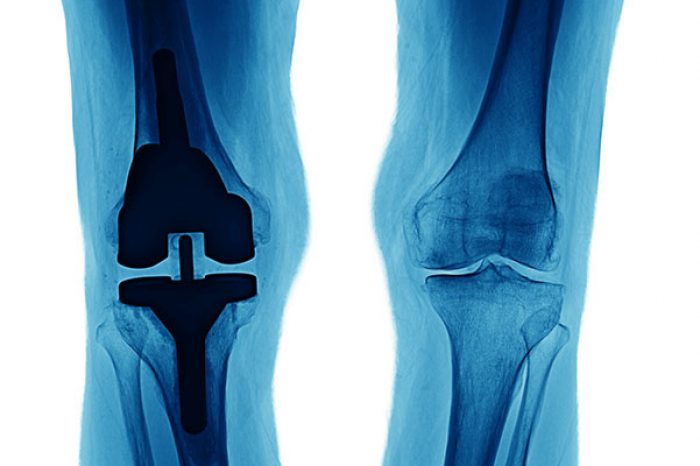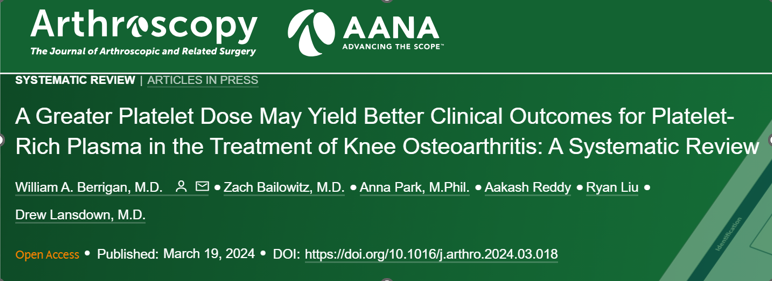

Recent studies have indicated that excessive corticosteroid injections can cause hyperglycemia, atrophy of subcutaneous tissue and detrimental effects on cartilage (Mohamadi et al; Waterbrook et al.). Therefore, platelet rich plasma or PRP has attracted increased attention as an alternative to corticosteroid injections.
PRP is obtained from a patient’s own blood, and the platelets are concentrated and reinjected into the affected body part (Descalzi et al.; Yin et al.). PRP contains a variety of growth factors that are helpful in the healing process (Kaux et al.; Yerlikaya et al.) and alter joint homeostasis on multiple levels (Dhillon et al.; Boswell et al.; Spreafico et al.).
Many variables have been theorized to affect the outcome of a PRP injection, including platelet count, leukocyte count, local anesthetic use, oral medications (NSAIDs, Aspirin), age, alcohol use, diet, and exercise, but until recently we have lacked clinical studies clarifying which variables truly matter.

In a recent systematic review, Berrigan et al performed a study analyzing the effect of platelet count on the efficacy of PRP (Berrigan et al.). In this study, the authors reviewed 29 studies with 31 treatment arms (to be included in the study, studies had to be randomized control trials, provide platelet count / concentration / or dose, and report outcomes to a minimum of 6 months).
The authors found that the average platelet dose in the 28 treatment arms with a positive outcome was ~5.5 billon platelets, whereas the 3 treatment arms with no positive difference had an average platelet dose of ~2.3 billion platelets (p<0.01).
At Boston Sports and Biologics, we measure the pre-procedure platelet count in our patients’ blood, and the post-spin count in the PRP. This way we know exactly how many platelets patients are receiving. Additionally, we aim for a goal of 10 billion platelets, which a prior randomized control trial (Bansal et al.) demonstrated was necessary “to have a long sustained chondroprotective effect”.
REFERENCES:
Descalzi F, Ulivi V, Cancedda R, Piscitelli F, Luongo L, Guida F, Gatta L, Maione S, Di Marzo V. Platelet-rich plasma exerts antinociceptive activity by a peripheral endocannabinoid-related mechanism. Tissue Eng Part A. 2013 Oct;19(19-20):2120-9.
Dhillon MS, Patel S, Bansal T: Improvising PRP for use in osteoarthritis knee- upcoming trends and futuristic view. J Clin Orthop Trauma. 2019, 10:32-5.
Bansal H, Leon J, Pont JL, Wilson DA, Bansal A, Agarwal D, Preoteasa I. Platelet-rich plasma (PRP) in osteoarthritis (OA) knee: correct dose critical for long term clinical efficacy. Scientific reports. 2021 Feb 17;11(1):3971.
Berrigan WA, Bailowitz Z, Park A, Reddy A, Liu R, Lansdown D. A higher platelet dose may yield better clinical outcomes for PRP in the treatment of knee osteoarthritis: a systematic review. Arthroscopy: The Journal of Arthroscopic & Related Surgery. 2024 Mar 19.
Boswell SG, Cole BJ, Sundman EA, Karas V, Fortier LA: Platelet-rich plasma: a milieu of bioactive factors. Arthroscopy. 2012, 28:429-39.
Spreafico A, Chellini F, Frediani B, et al.: Biochemical investigation of the effects of human platelet releasates on human articular chondrocytes. J Cell Biochem. 2009, 108:1153-65.
Mohamadi A, Chan JJ, Claessen FM, Ring D, Chen NC. Corticosteroid Injections Give Small and Transient Pain Relief in Rotator Cuff Tendinosis: A Meta-analysis. Clin Orthop Relat Res. 2017 Jan;475(1):232-243.
Waterbrook AL, Balcik BJ, Goshinska AJ. Blood Glucose Levels After Local Musculoskeletal Steroid Injections in Patients With Diabetes Mellitus: A Clinical Review. Sports Health. 2017 Jul/Aug;9(4):372-374.
Yerlikaya M, Talay Çaliş H, Tomruk Sütbeyaz S, Sayan H, Ibiş N, Koç A, Karakükçü Ç. Comparison of Effects of Leukocyte-Rich and Leukocyte Poor Platelet-Rich Plasma on Pain and Functionality in Patients With Lateral Epicondylitis. Arch Rheumatol. 2017 Oct 16;33(1):73-79.
Yin W, Xu H, Sheng J, Xu Z, Xie X, Zhang C. Comparative evaluation of the effects of platelet‑rich plasma formulations on extracellular matrix formation and the NF‑κB signaling pathway in human articular chondrocytes. Mol Med Rep. 2017 May;15(5):2940-2948.
Adductor longus selective tenotomy is a modern surgical treatment for chronic groin pain that offers faster recovery and better outcomes than traditional full release surgery. The adductor longus, an inner thigh
Read MoreDiscover how ultrasound helps diagnose plantar fat pad atrophy, a leading cause of ball-of-foot pain. Learn about symptoms, thickness cutoffs, and why early detection matters for relief.
Read More